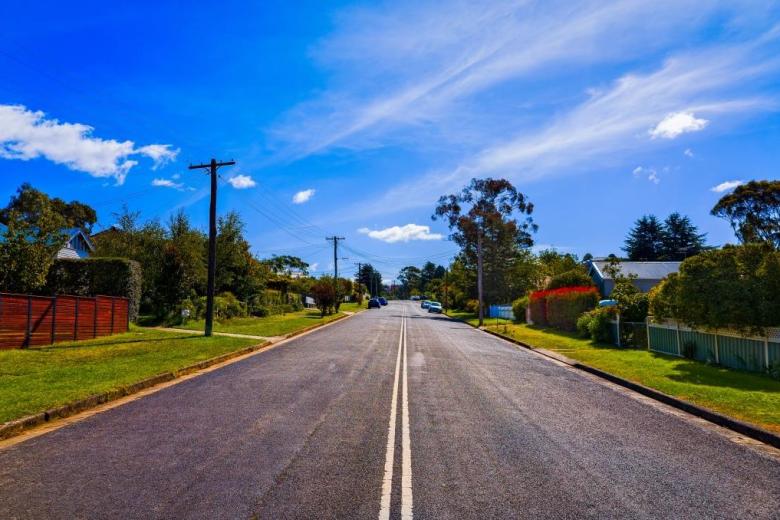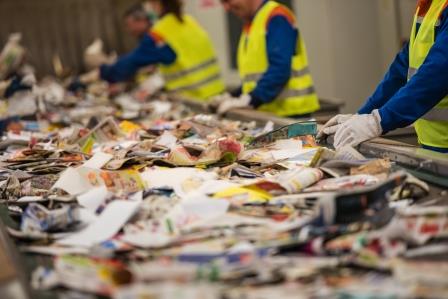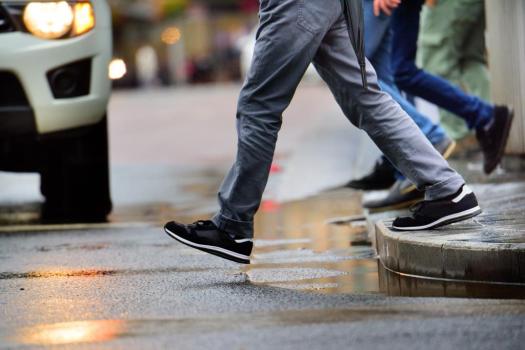
The City of Sydney has launched a world-first trial which will see it repurpose industrial waste from coal-fired power stations and steel manufacturing into roads.

The material could potentially save 12,000 kiloton of CO2 a year if it was widely adopted, according to Dr Tommy Wiedmann, Associate Professor of Sustainability Research at UNSW.
Council will test the product on one of its busiest inner city streets, Wyndham Street in Alexandria, which is en-route to Sydney Airport.
Made from fly ash and blast furnace slag, Geopolymer concrete generates only 300kg of CO2 per tonne of cement, a third of the carbon output from traditional cement production.
With concrete contributing to seven per cent of all greenhouse gas emissions, it’s hoped more widespread use of Geopolymer will help to slice Australia’s carbon output.
According to council, the coal and steel industries alone product 400 million cubic tonnes of waste.
With 70 per cent of the concrete produced today going into pavements and footpaths, Lord Mayor Clover Moore says the use of recycled materials is essential to reduce waste output.
“We’re continually working with concrete suppliers to reduce the amount of pollution and greenhouse gases emitted during the production of concrete for our local roads, and we already use sustainable green concrete for all our footway renewal works – which adds up to 25,000m2 per year,” she said.
Cr Moore said the move was part of the city’s broader bid to reduce their carbon footprint after being named Australia’s first carbon-neutral local council.
Pilot to inform industry guidelines
The pilot will form part of research with the University of NSW, where experts will monitor the performance of the road for up to five years in a bid to test its durability.
As part of the trial council has laid 15 metres of traditional concrete and 15 metres of the blended concrete to test the durability of the Geopolymer product.
Nine sensors have been positioned under the concrete to monitor the performance of the Geopolymer concrete, which will be and compared with the performance of traditional concrete.
The results of the pilot will also be used by the CRC for Low Carbon Living to create a set of new industry guidelines for the use of the material.
As one of the city’s busiest roads, the high traffic volume provides the perfect conditions for the trial, council says.
“A huge step forward”
Professor Stephen Foster, Head of School of Civil and Environmental Engineering described the trial as “a huge step forward” for the industry.
“This trial will help drive step change in the industry. Many concrete companies are already doing a lot to change, but this trial really gives it another push,” Professor Foster said.
“Research into Geopolymer has been undertaken since the 90s, but it’s only now that it’s starting to be commercialised.”
The trial offers an invaluable opportunity to explore the potential for broader use of the material, Professor Foster says.
“Alternative, low CO2 concrete materials offer potential benefits in reducing the greenhouse gas emissions associated with conventional concrete,” he said.
“This trial is important because we need demonstration projects to accurately assess the performance of Geopolymer over time so that there can be broader uptake.”
Comment below to have your say on this story.
If you have a news story or tip-off, get in touch at editorial@governmentnews.com.au.
Sign up to the Government News newsletter.



